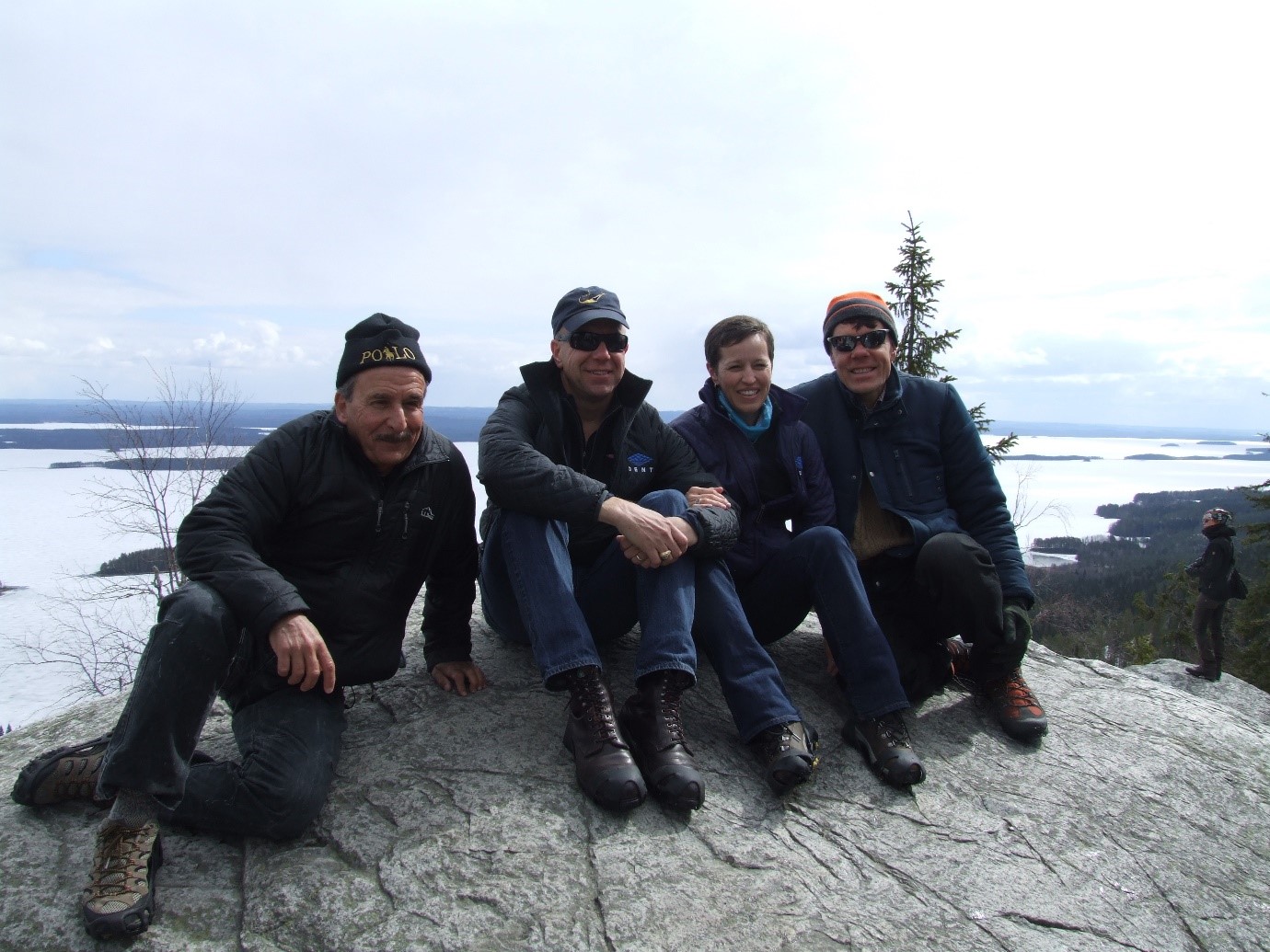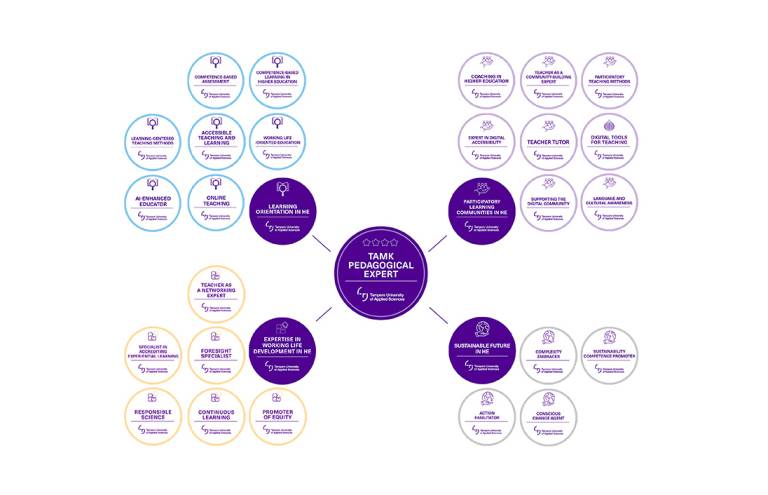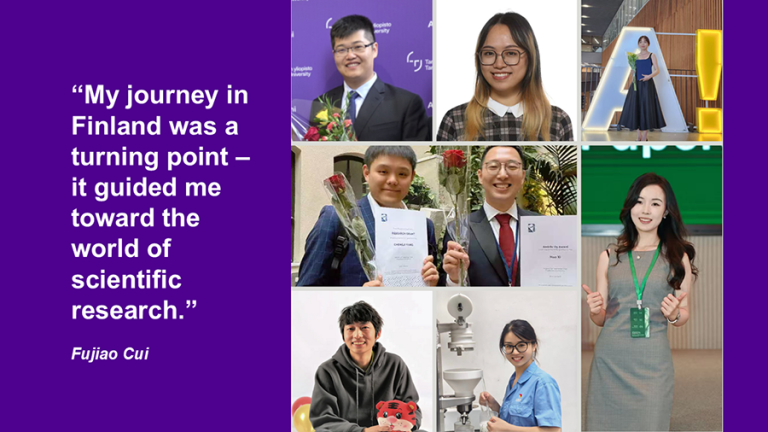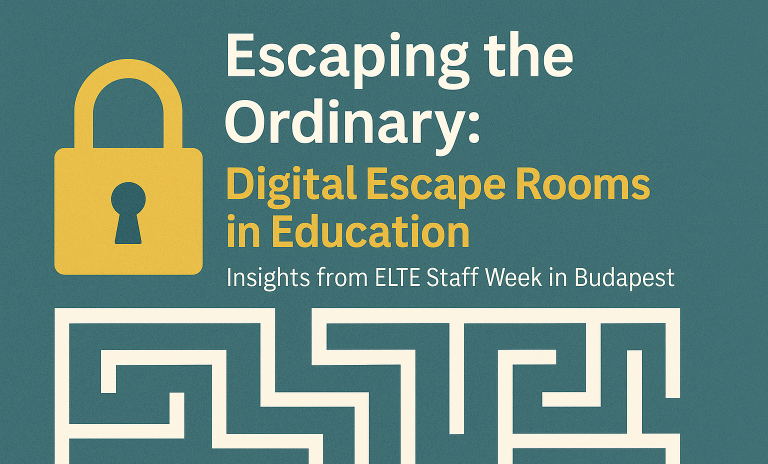Established cooperation and international teams
”One of our aims is to come to a human level.”
NASA’s (National Aeronautics and Space Administration) Epic Challenge project is a brilliant example of how higher education institutions gain global impact by responding to global challenges. The project establishes the possibilities of colonising Mars: students face challenges related to different themes and complete project studies.
A consortium with higher education institutions from several countries was built around the Epic Challenge project. According to Principal Lecturer Antti Perttula, TAMK’s cooperation with NASA and the consortium has continued for a long time. Approximately 20 TAMK students including exchange students participate in the project annually. The groups are international and heterogenous; differences between team members help in creation of new ideas. Cooperation is also made locally, for example in autumn 2019 the Rapid Product Development course was implemented for TAMK and HAMK students and company representatives.
Charles Camarda, who worked as NASA’s astronaut, has been our key cooperation partner and participated actively in teaching. He has visited Tampere several times (see Kerola 2018), latest in autumn 2019. Interest in the visits was enormous and auditoriums were full of listeners. According to Perttula, the natural cooperation with Camarda and his colleagues has brought NASA’s operation close to people: ”it is often imagined that NASA is something magical.”
Students at the edge of an epic challenge
”When we progress piece by piece, we can solve anything.”
According to Antti Perttula, there are many challenges in Mars colonisation. Mars is a rough place with no atmosphere or magnetic field. Getting a human being to Mars calls for investments and innovations worth thousands of billions.” And in practice, it is still a one-way journey”, Perttula states. Solutions are however found by solving matters piece by piece.
Students have been very satisfied with the solution-oriented Epic Challenge project despite its challenging nature. And no wonder, the project assignments are quite interesting. A project studied what to eat on Mars: the solution was to study algae. Algae also proved useful in other ways as they can be used for producing electricity. Another project developed and tested drone technology (see Vanhalakka 2018). A third one developed an automatic greenhouse which waters the plants and regulates the temperature and lighting. A fourth project innovated anti-slip devices to spacesuits to facilitate walking on the icy surface of Mars.
The cooperation has led to specific results, such as adding haptics into astronauts’ gloves. Students developed an innovation in which a pressure sensor was installed on the gloves. When a mobile phone vibrates against a finger, it creates a sensation of touch on the finger. Another specific innovation was a test chamber that simulated the atmosphere of Mars (see Hautala 2017). The chamber had low pressure and a temperature of 100 degrees below zero, which enable low-cost testing of materials and their durability in Mars’ conditions.
Demonstration of results, posters, and miniatures are important from the students’ viewpoint. Students understand and concretise the results and present them to the listeners. Students learn to work in an international group and use English as their working language. They also understand that innovations are not enough but marketing is needed. Students are also rewarded for their work. A couple of years ago, they travelled to NASA’s Space Center in Florida and presented their products there. The cooperation has even affected students’ career choices.
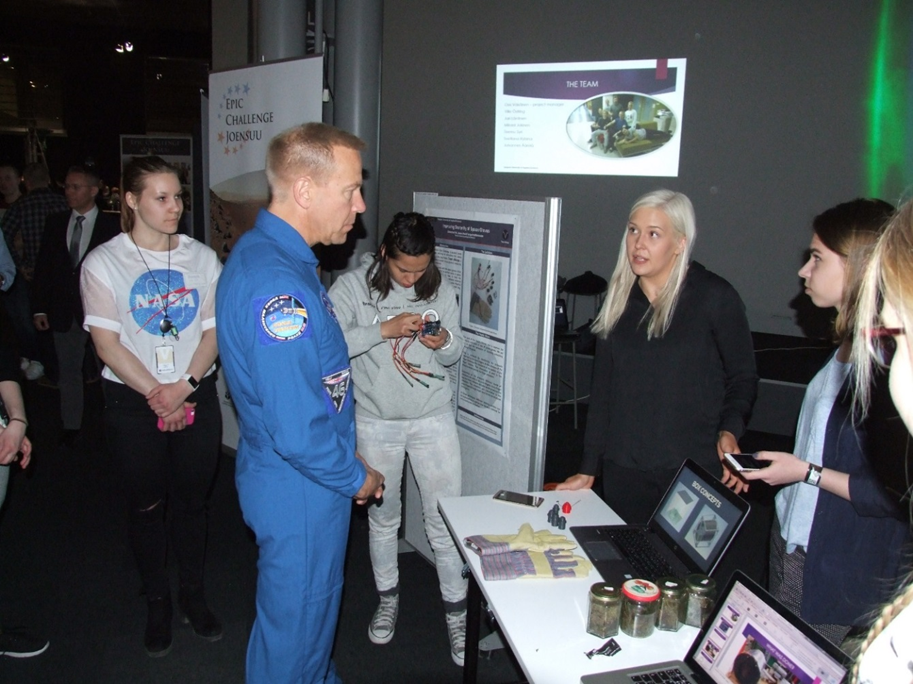
The eager and unprejudiced may be surprised
”You need to be enthusiastic about what you do to seize possibilities.”
How did NASA select the Finnish higher education institutions and TAMK to the project? According to Perttula, the reasons are the high standard of Finnish education and teaching and operational flexibility. We are desired cooperation partners. We know how to concretise matters and make sure that they are done. TAMK teachers are committed to the cooperation and use a lot of time for the projects.
The Epic Challenge project has given TAMK visibility and led to internationalisation. Perttula has also appeared in public and written together with Camarda on international forums (see Camarda et al 2019 and 2020). TAMK has also become more innovative. Perttula emphasises interpersonal contacts in the project and cooperation: ”in the present-day world networks are extensive and interlinked”. Enthusiasm has an impact.
The cooperation is also visible in NASA’s operation. When Charles Camarda was asked what is the best in the astronaut’s work, the listeners were probably waiting him to answer that seeing the earth from the space. Instead Camarra stated: ”It is greatest to see all the cooperation which makes a space flight possible.”
**
Authors: Coordinator Anu Vainonen and Development Manager Piia Tienhaara from Quality Management and Business Planning and Principal Lecturer Antti Perttula from School of Industrial Engineering (project data)
Further information on the NASA cooperation:
- Camarda, Charles & Scotti, Stephen & Kunttu, Iivari & Perttula, Antti (2020). Rapid Learning and Knowledge-Gap Closure During the Conceptual Design Phase – Rapid R&D. Technology Innovation Management Review, 10(3): 5-15. Available: http://doi.org/10.22215/timreview/1332.
- Camarda, Charles & Scotti, Stephen & Kunttu, Iivari & Perttula, Antti (2019). Rapid product development methods in practice – case studies from industrial production and technology development. Conference: ISPIM Conncets Ottawa 2019, At Ottawa, Canada. Available: https://www.researchgate.net/publication/332632987_Rapid_product_development_methods_in_practice_-_case_studies_from_industrial_production_and_technology_development.
- Hautala, Arja (2017). On the way to Mars. Tampereen ammattikorkeakoulun tiedotuslehti. 18.8.2017. Available: http://tamktoday.tamk.fi/on-the-way-to-mars/
Heino, Anne (2016). Lentomatkalle Marsiin – tamperelaisopiskelijat mukana NASAn tutkimusohjelmassa. YLE-Uutiset 17.5.2016. Available: https://yle.fi/uutiset/3-8887151 - Kerola, Jaana (2018). Astronautti sai tamperelaisnuoret ratkomaan äärimmäisiä ongelmia – Näin syntyy ideoita Marsin asuttamiseksi. Aamulehti 28.3.2018. Available: https://www.aamulehti.fi/a/200824036
- Kujansuu, Valtteri (2018). TAMK:n opiskelijat ja NASA raivaavat yhdessä esteitä Mars-lennon tieltä. FunTampere website. 4.4.2018. Available: http://www.funtampere.fi/uutiset/tamk-n-opiskelijat-ja-nasa-raivaavat-yhdessa-esteita-mars-lennon-tielta
- Perttula, Antti (2017). NASA Epic Challenge -projektilaiset tapasivat astronautteja. TAMK-blogi 5.6.2017. Available: http://tamk-blogi.tamk.fi/tag/nasa-epic-challenge/
- Radio SUN (2018). NASA ja TAMK pohtivat asutuksen saamista Marsiin, yliopettaja Antti Perttula vieraana. 4.4.2018. Available: https://radiosun.fi/2018/04/04/nasa-ja-tamk-pohtivat-asutuksen-saamista-marsiin-yliopettaja-antti-perttula-vieraana/
- TAMK news (2016). Lentomatkalle Marsiin – TAMK mukana NASAn tutkimusohjelmassa. Modified on 12.12.2016. Available: https://www.tamk.fi/-/lentomatkalle-marsiin-tamk-mukana-nasan-tutkimusohjelmassa
- TAMK news (2018a). TAMKin ja NASAn yhteistyö jatkuu – nyt tutkitaan drone-lennokkeja. Modified on 2.2.2018. Available: https://www.tamk.fi/-/tamkin-ja-nasan-yhteistyo-jatkuu-nyt-tutkitaan-drone-lennokkeja
TAMK news (2018b). Astronautti vierailee Tampereella ja hakee innovaatioita Marsin asuttamiseen. Modified on 27.03.2018. Available: https://www.tamk.fi/-/astronautti-vierailee-tampereella-ja-hakee-innovaatioita-marsin-asuttamiseen - Vanhalakka, Vesa (2018). Tamk selvittää Nasan kanssa, miten dronen saa lentämään Marsissa – Tampereelle avataan ainutlaatuinen testialue. Aamulehti 12.10.2018. Available: https://www.aamulehti.fi/a/201242247
- YouTube video (2016). Astronaut Timothy Kopra sends greetings from space to Finnish students participating in the Epic Challenge. 22.2.2016. Available: https://www.youtube.com/watch?v=Tqug_S__m3M
The blog is a part of the Impact from TAMK blog article series (in Finnish). The series tells concrete examples and stories of TAMK’s social impact and related development work.


